By Linzi Martinez CPT, INHC, BA
As a celebrity personal trainer and integrative nutritional health coach specializing in women over 50, I’ve had the privilege of helping thousands of women achieve goals they once thought impossible. With a deep understanding of the unique challenges faced by women in this age group, I am excited to share valuable insights on how to address common issues like dropping metabolism, “southern booty” (booty sagging), saddlebags, loose back of arms (triceps sagging), bone density loss, sagging skin, knee pain, joint stiffness, back pain, and more.
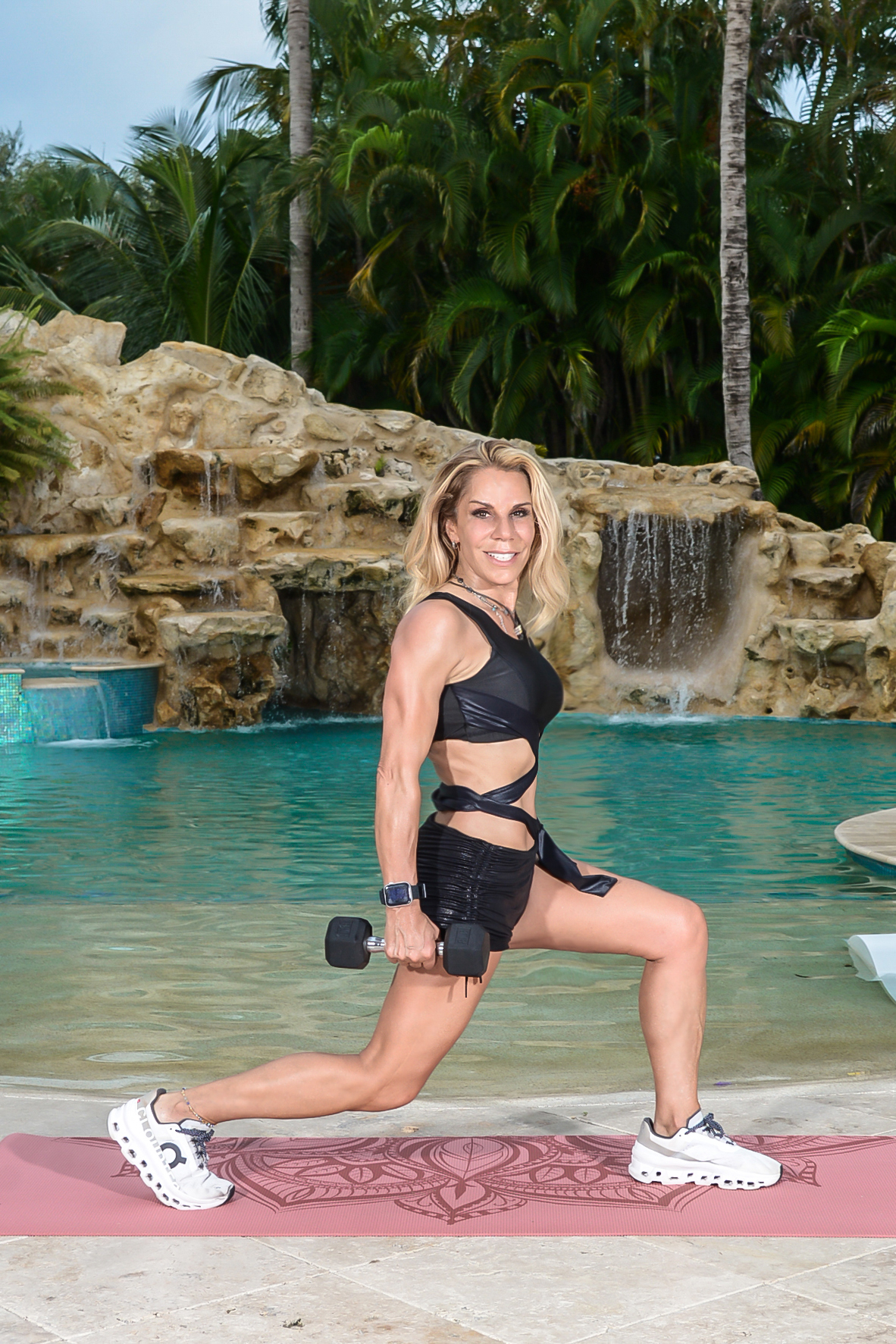
50, Fantastic, and Free:
As the theme of my TV show The Prime Time-Life Begins at 50 (aired on NBC) so beautifully captures; this is the stage of life where we have incredible opportunities to become everything we have ever wanted to be! We have raised our children, lived our lives beautifully for everyone else, and now it is our turn. We enter the second half of life with gifts that only come at this stage—knowing who we are, what we like, and having more freedom and confidence to reinvent ourselves and thrive with new experiences and passions.
Yet, this stage also brings changes that may not always be welcome. But there is no need to settle for mediocrity. We can move past these challenges triumphantly by taking care of ourselves at the foundational level—through exercises designed to combat these issues and a diet that helps us thrive! So, let’s get on with enjoying this very special, beautiful, and exciting time of life!
Understanding the Changes:
As we age, our hormones decline—estrogen, testosterone, and human growth hormone (HGH) levels fall rapidly. These changes alter our body composition by making our muscles less dense, thus lowering our metabolism, softening our muscles, and increasing body fat while reducing muscle mass. You may find that what worked for you in your 20s, 30s, and even 40s no longer yields the same results, no matter how much you increase your workouts or diet. The reason is simple: your body has changed internally.
In addition, our bodies may lack essential nutrients that are crucial for liver function, reducing cortisol levels, and maintaining gut health for regularity and immunity. Nutrient deficiencies can exacerbate these changes, making it even more challenging to achieve and maintain a healthy body. This can be incredibly frustrating, but there is an answer, and it works beautifully! By adjusting your routine to match your new body, you can achieve insane results.
#1- Dropping Metabolism:
Why it Happens: With age, muscle mass naturally declines, which in turn slows down the metabolism. Muscle tissue burns more calories than fat tissue, so the loss of muscle mass means fewer calories are burned at rest. Additionally, thyroid function may decrease, further slowing metabolism. The good news is that you can take steps to boost your metabolism. One of the best ways to do this is by targeting the largest muscle groups in your body—your quads and glutes. These muscles play a significant role in your metabolism because they require the most energy to function.
Solution:
- Exercise:
- Strength Training: Strength training builds and maintains muscle mass, which is crucial for a higher metabolism. After 50, metabolic workouts with weights like deadlift, squats, and lunges are particularly important to regain muscle density and keep your metabolism active.
- THE BEST: Walking or stationary lunges are excellent exercises to target our largest muscle groups and boost our metabolism around the clock!
- THE HOW: Start standing with feet together. Step forward with one leg, lowering your hips until both knees are bent at 90-degree angles. Ensure your front knee does not extend past your toes. Push back up to standing and repea on the other side or walk forward to the next step.
- THE SETS & REPS: Start with 50 lunge walks 4x per week adding 25 each week with low weights in each hand. Once you reach 100, increase your weight and start again!
- More options:
- High-Intensity Interval Training (HIIT): Perform short bursts of intense exercise, like sprinting or jumping jacks for 1 minute, followed by brief rest periods of 90 to 120 seconds. Repeat for several rounds for 30 minutes. HIIT boosts metabolism by increasing calorie burn during and after the workout.
- Strength Training: Strength training builds and maintains muscle mass, which is crucial for a higher metabolism. After 50, metabolic workouts with weights like deadlift, squats, and lunges are particularly important to regain muscle density and keep your metabolism active.
- Nutrition:
- Protein: Increasing protein intake supports muscle repair and growth. Include sources like lean meats, fish, beans, and legumes in your diet.
- Thyroid Support: Include selenium-rich foods like 3 Brazil nuts per day (if not allergic) to boost thyroid function, which is crucial for maintaining a healthy metabolism.
- Frequent Meals: Eating smaller, more frequent meals can keep your metabolism active throughout the day.
- Examples: Include eggs, Greek yogurt, cottage cheese, quinoa, and lentils.
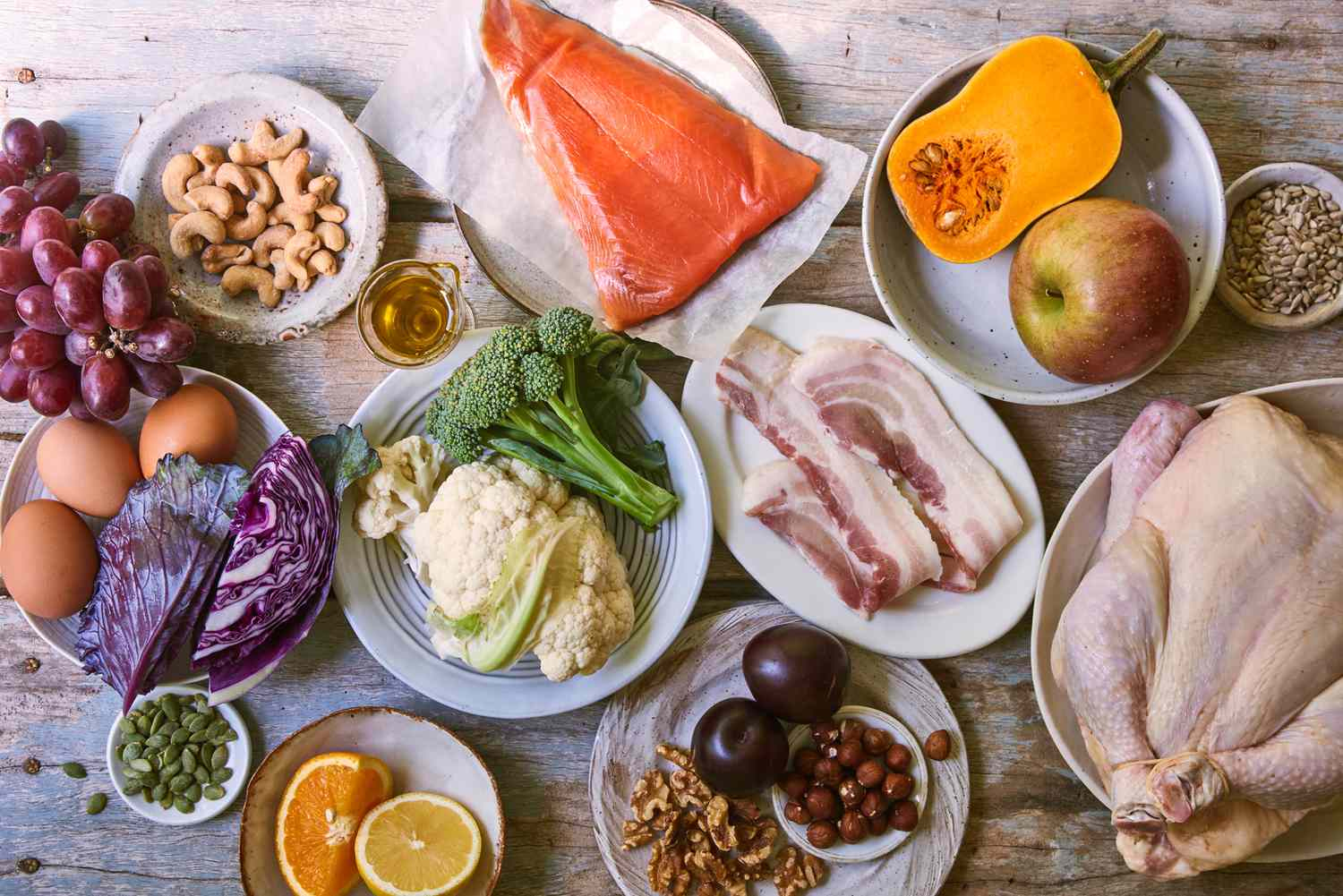
YOU GOT THIS! A dropping metabolism can be discouraging, especially when you are putting in the effort but not seeing results. It might feel like your body is working against you. However, by incorporating HIIT and strength training into your routine, along with adjusting your diet, you can boost your metabolism and see significant improvements!
#2- Southern Booty (Booty Sagging):
Why it Happens: As we age, the muscles in our glutes can lose their firmness and tone, leading to what some affectionately call the “southern booty.” This sagging effect is due to a decrease in muscle mass and skin elasticity. But there is no need to accept this change—there are exercises that can help your booty “head north” again!
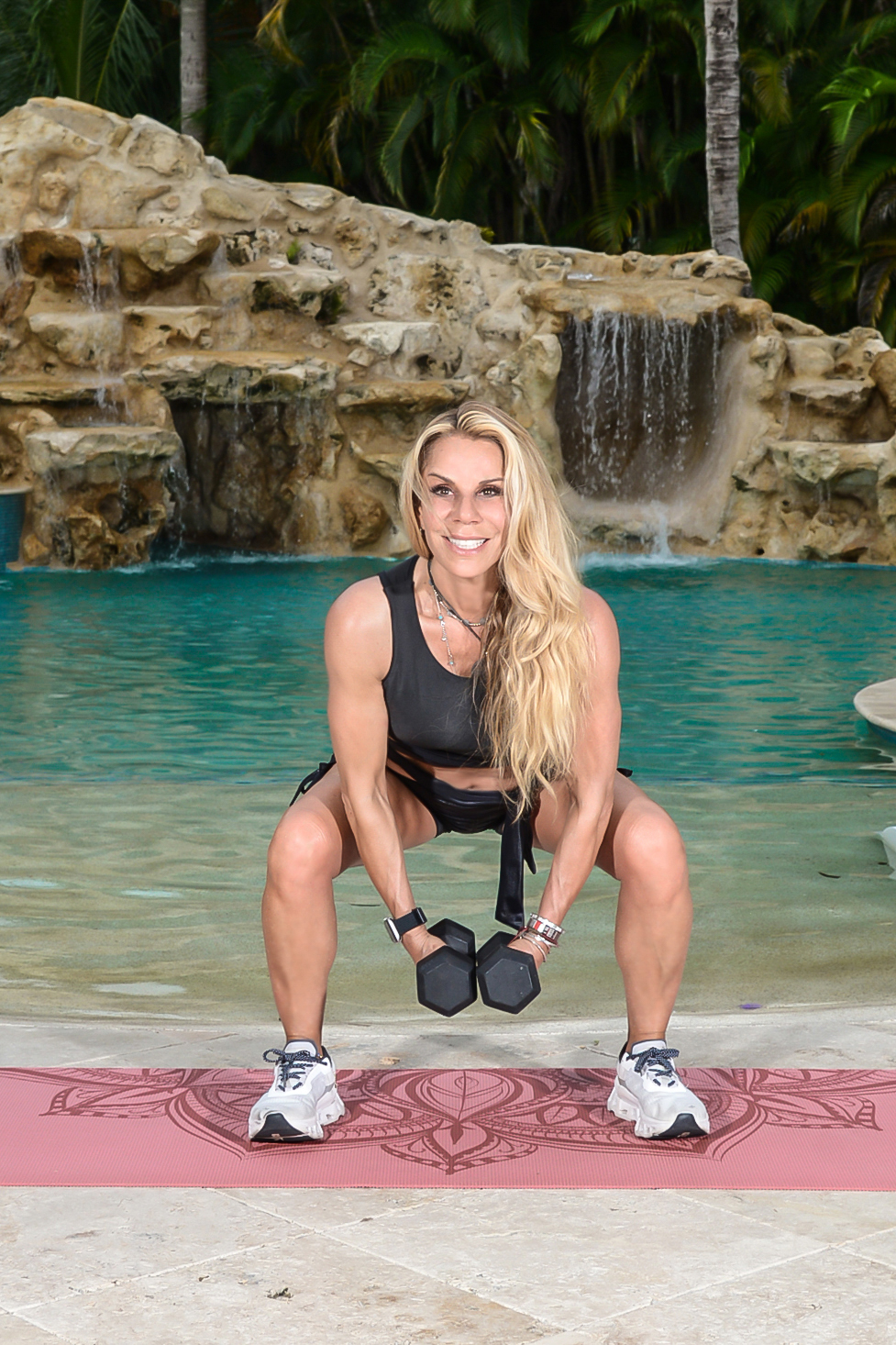
Solution:
- Exercise:
- THE BEST: Weighted Squats:
- THE HOW: Stand with feet shoulder-width apart, toes pointing slightly outward. Lower your body by bending your knees and pushing your hips back, as if sitting in a chair. Keep your chest up, and knees aligned with your toes. Return to standing by pushing through your heels. Squats engage the lower body, especially the hips and thighs, to tone and reduce fat.
- THE SETS & REPS: Count down for 3 and hold for three at 90 degrees. 10 reps, 4 sets, 3-4 times per week. Increase your weight as it becomes easier.
- More Amazing Options:
- Glute Bridges: Lie on your back with knees bent and feet flat on the floor, hip-width apart. Lift your hips towards the ceiling, squeezing your glutes at the top, then lower back down. This exercise specifically targets the glutes, helping to lift and tone the booty.
- Step-Ups: Use a bench or step. Step up with one foot, driving through the heel, and then bring the other foot up. Step back down and repeat on the other side. This exercise engages the glutes and helps build strength and firmness.
- Donkey Kicks: Start on all fours. Lift one leg, keeping the knee bent, and kick upwards, squeezing the glute at the top. Lower back down and repeat on the other side. This move directly targets the glutes, helping to lift and shape the backside.
- THE BEST: Weighted Squats:
- Diet:
- Protein-Rich Foods: Protein is essential for muscle repair and growth. Include lean meats, fish, and plant-based protein sources.
- Healthy Fats: Avocados, nuts, and olive oil can help maintain skin elasticity and support muscle health.
- Hydration: Drinking enough water is key to maintaining skin and muscle health.
- Examples: Include eggs, chicken, quinoa, avocados, and nuts.
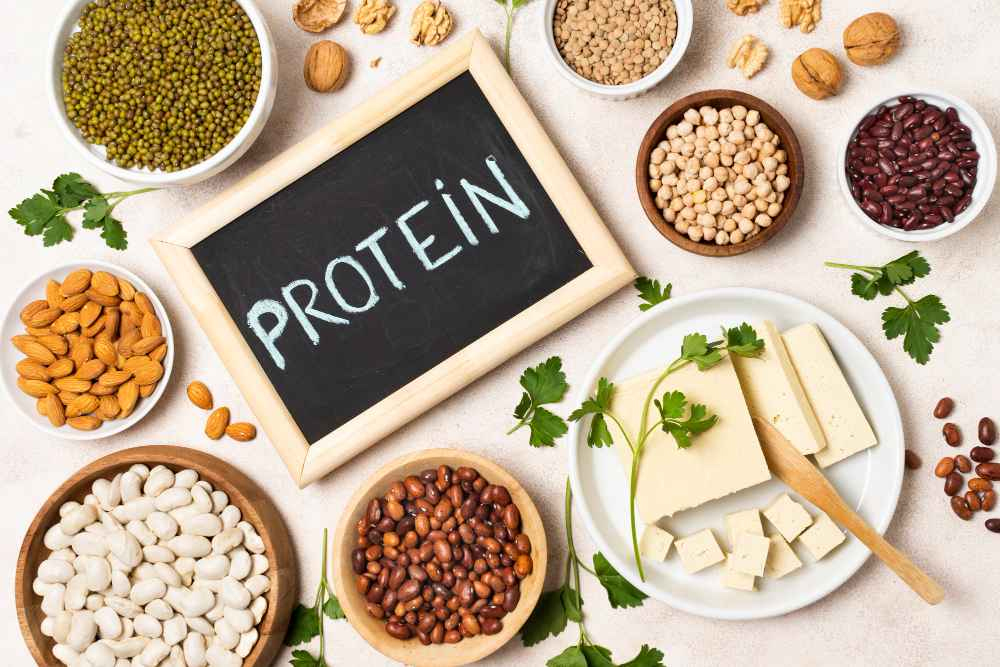
YOU GOT THIS! Booty sagging can be a source of concern as it affects the way you feel in your clothes and your overall confidence. But with targeted exercises and the right diet, you can lift and firm your glutes, making your booty “head north” once again!
#3- Saddlebags:
Why it Happens: Hormonal changes during menopause lead to a decrease in estrogen, causing fat to be redistributed more towards the hips and thighs. This shift, combined with a decrease in muscle mass, makes it harder to shed fat in these areas. But do not worry, because you have the power to combat this change effectively!
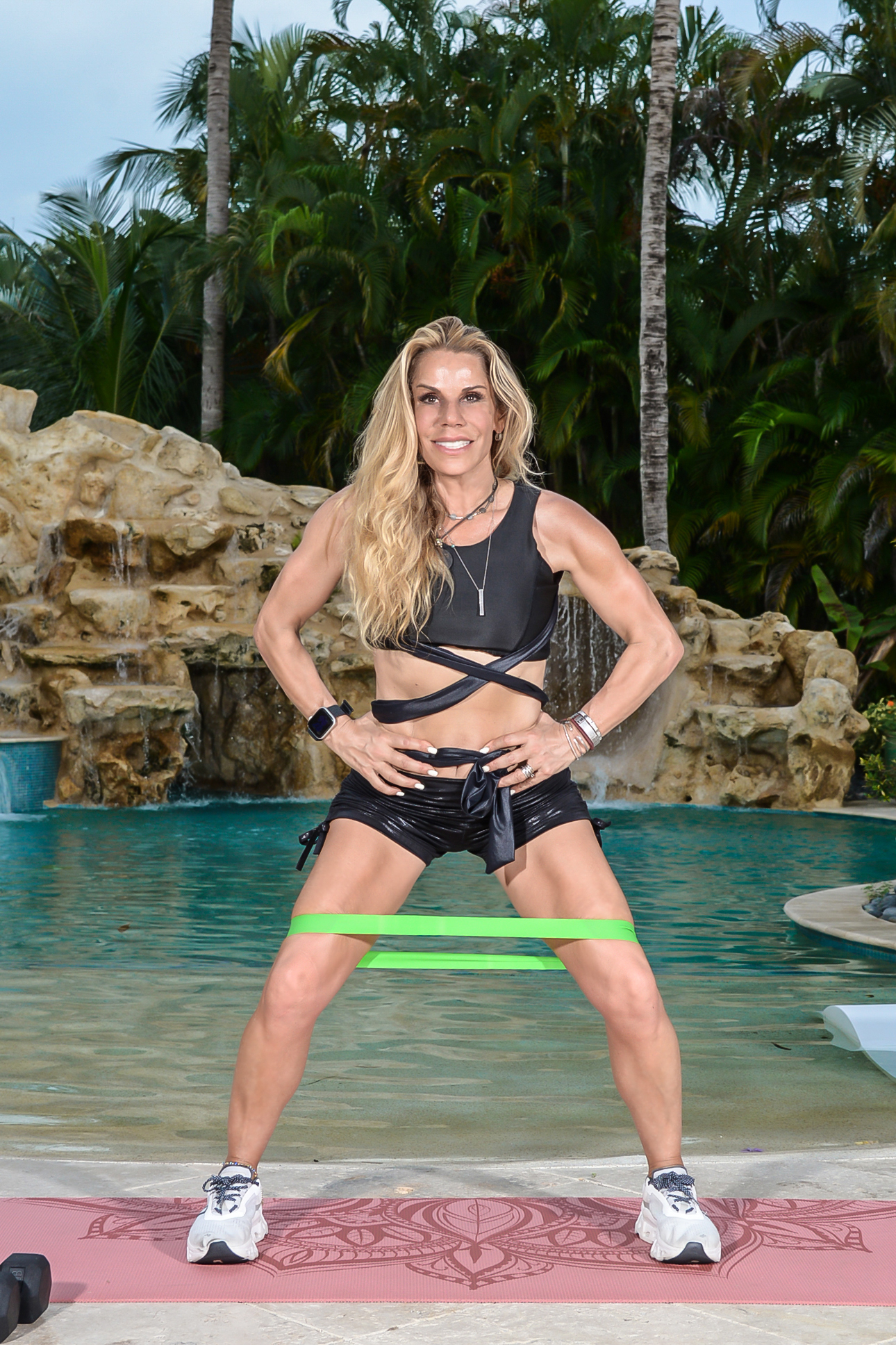
Solution:
- Exercise:
- THE BEST: The Clam & Side Monster Walks
- THE HOW: The clam – Using a resistant band around the top of your knees, lay on your side. With your feet together, open and close your knees without allowing the band to sag.
- THE SETS & REPS: 25 reps, 3 sets each side 3 times per week. Increase band tension as they become easier.
- THE HOW: Monster Walks – with the band around your knees, keep your core tight and knees slightly bent. Step from side to side, stretching the band to its max.
- THE SETS & REPS: 25 reps (both sides count as one), 3 sets, 3 times per week. Increase the band tension as the exercise becomes easier.
- More Amazing Options:
- Squats
- Lunges/Lunge walks
- Side leg raises with weights
- THE BEST: The Clam & Side Monster Walks
- Diet:
- Balanced Diet: Focus on whole foods, lean proteins, and healthy fats. Avoid processed foods and sugary snacks, which can contribute to fat accumulation.
- Hydration: Drinking plenty of water helps to maintain metabolism and reduce water retention, which can make saddlebags more pronounced.
- Examples: Include foods like lean chicken, fish, leafy greens, nuts, seeds, avocados, and whole grains.
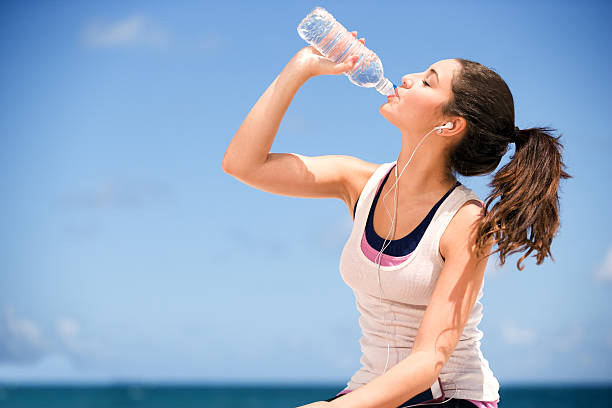
YOU GOT THIS! Many women feel frustrated and disheartened when they see persistent fat around their hips and thighs despite their efforts. It can be disheartening to look in the mirror and not see the results you want. But there is more than hope! By incorporating targeted exercises and making dietary adjustments, you can reduce saddlebags and regain confidence in your appearance!
#4- Loose Arms (Triceps ‘BATWINGS” Sagging):
Why it Happens: As we age, the skin and muscle in the upper arms, particularly the triceps, tend to sag due to a loss of muscle mass and skin elasticity. This can result in what some call “bat wings” or sagging triceps. But don’t worry, you can tone and tighten your arms with the right exercises.
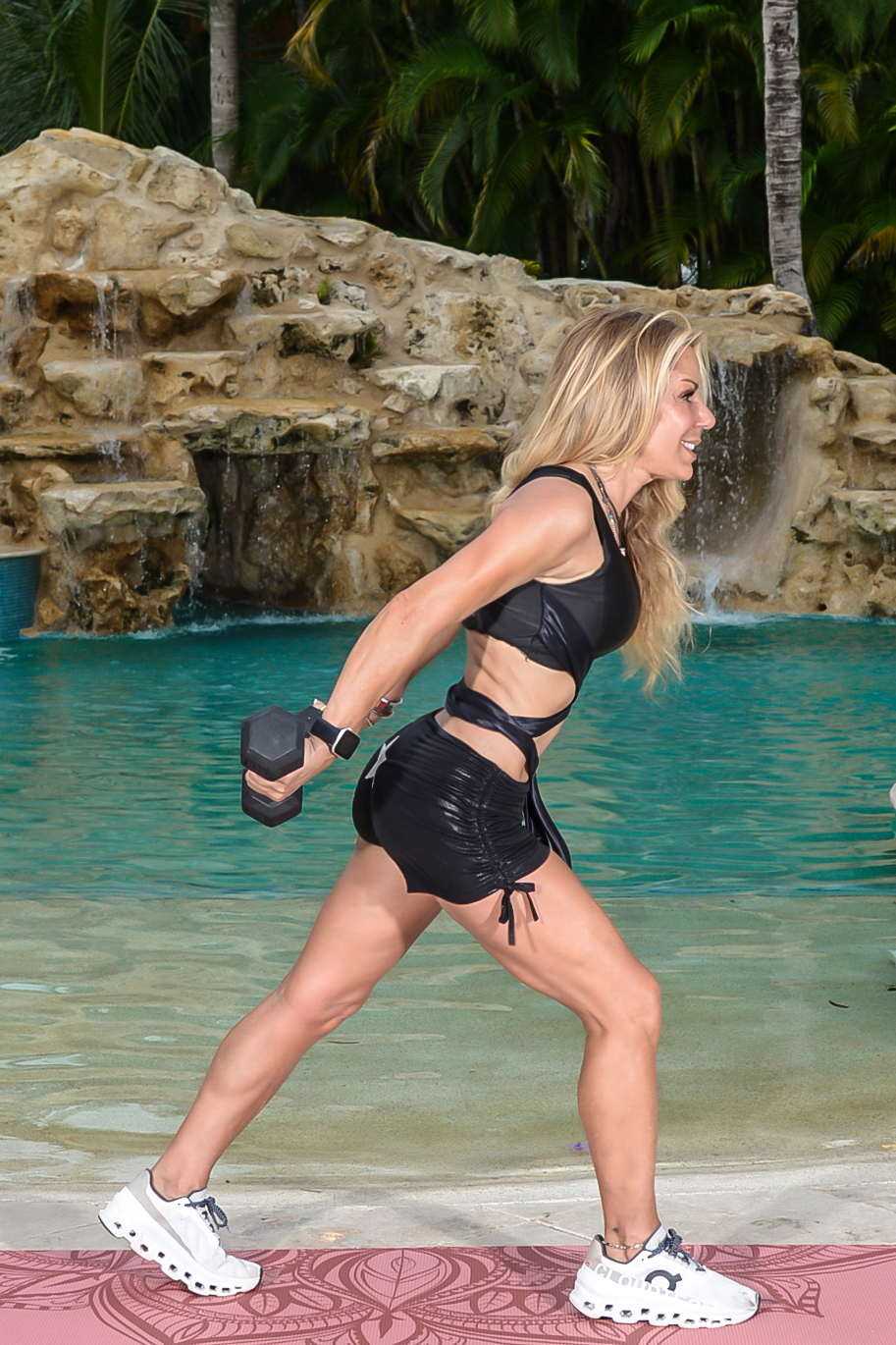
Solution:
- Exercise:
- THE BEST: Weighted Triceps Extensions
- THE HOW: Stand or sit with feet shoulder-width apart or one leg in front of the other leaning forward. Hold a dumbbell with both hands and fully extend the back being sure to lift your arms once straight.
- THE SETS & REPS: Start with light weights 15 reps, 4 sets, 3 times per week. Increase weight when the exercise becomes easier.
- More Amazing Options:
- Push-Ups: Start in a plank position, with hands placed slightly wider than shoulder-width apart. Lower your body until your chest almost touches the floor, then push back up. You will get a shoulder and chest workout as a bonus!
- Triceps Dips: Sit on the edge of a bench or chair. Place your hands next to your hips and extend your legs out in front of you. Lower your body by bending your elbows, then push yourself back up. This exercise specifically targets the triceps, helping to tone and tighten the upper arms.
- THE BEST: Weighted Triceps Extensions
- Diet:
- Protein: Essential for muscle repair and growth. Incorporate lean meats, fish, beans, and legumes into your meals.
- Collagen-Rich Foods: Include foods like bone broth, citrus fruits, and leafy greens to support skin elasticity.
- Examples: Include chicken, salmon, beans, spinach, and berries.
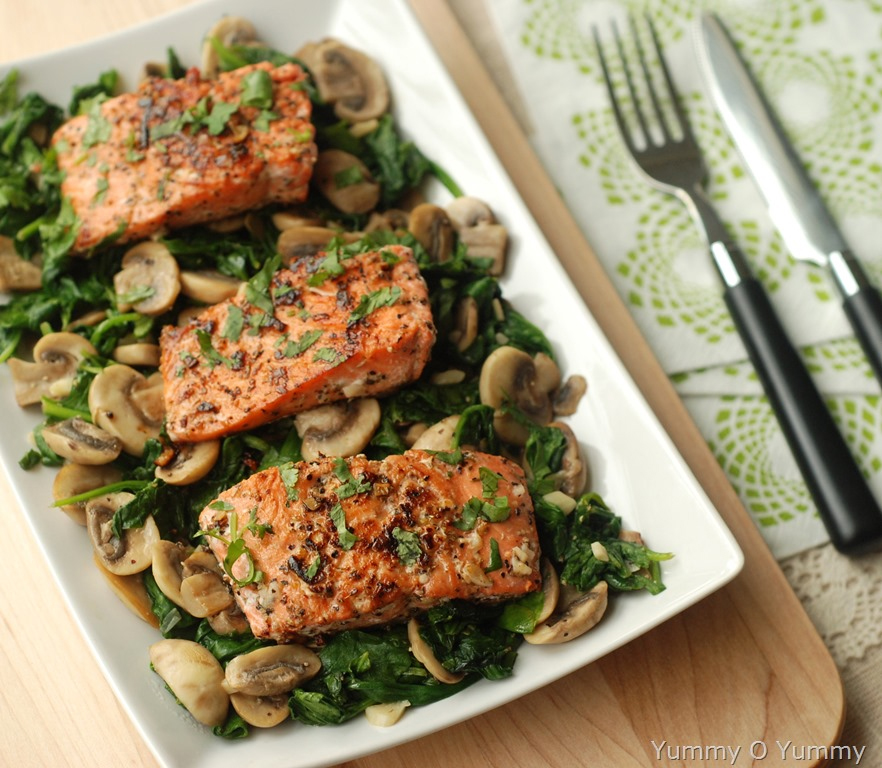
YOU GOT THIS! Sagging arms can be a source of self-consciousness, especially when wearing sleeveless clothing. It is common to feel discouraged, but there’s hope! With consistent exercise and a protein-rich diet, you can tone your arms and feel more confident in your appearance.
#5- Belly Fat:
Why it Happens: With declining estrogen levels, the body tends to store more fat around the abdomen. This is also due to a slowing metabolism and changes in insulin sensitivity. Additionally, as HGH (Human Growth Hormone) levels decrease rapidly after 50, cortisol levels can rise unchecked. Cortisol is a stress hormone that contributes to belly fat, and when HGH, which acts as a gatekeeper to cortisol, declines, it’s crucial to manage cortisol levels to prevent belly fat accumulation. This is the most common complaint amongst my clients over 50. So, let’s dive in a little deeper!
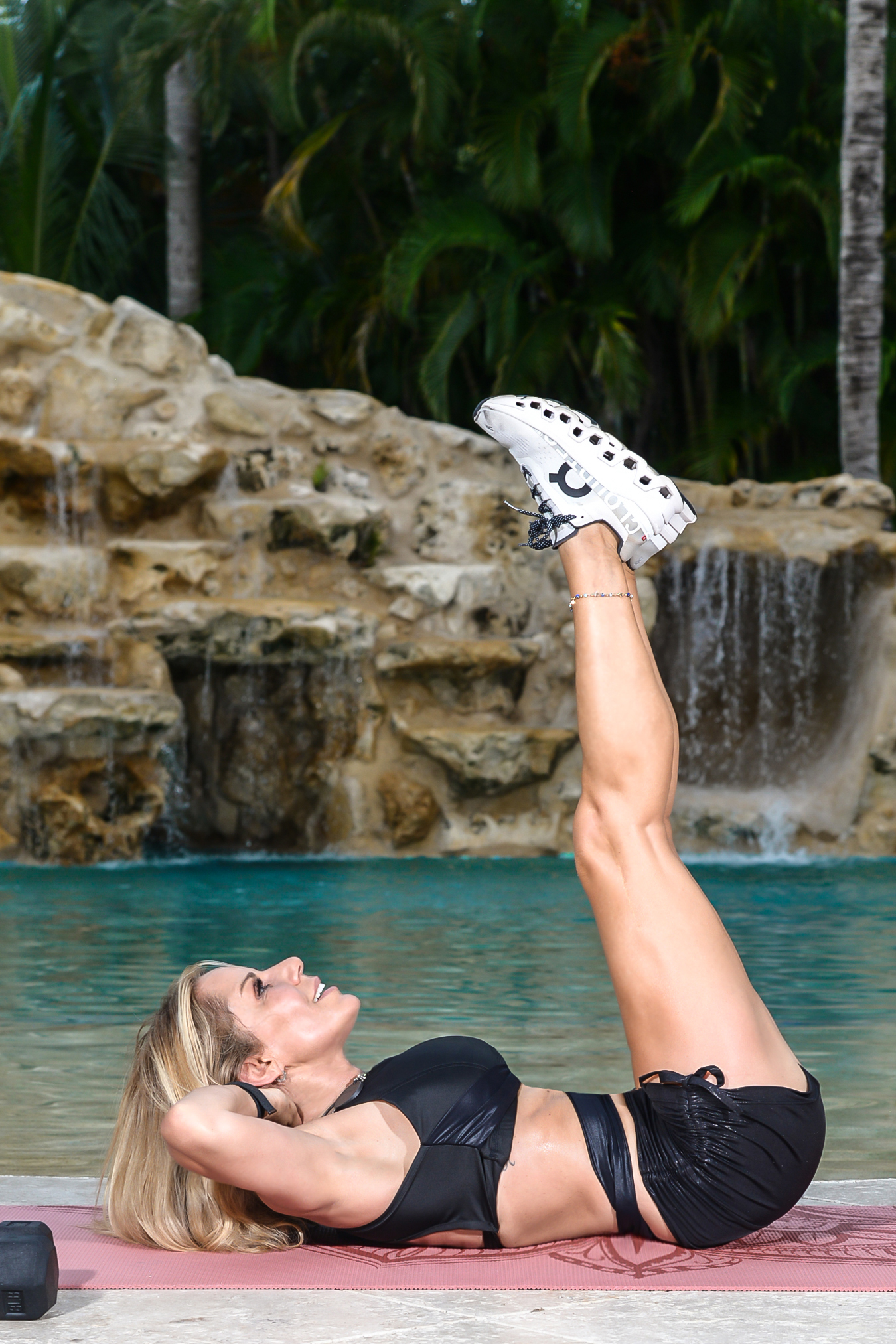
Solution:
- Exercise:
- THE BEST: Planks, Bicycles & Abdominal Leg Raise – Planks & bicycles effectively target your entire core, strengthening the abs, obliques, and lower back, with side planks focusing on the obliques for a more defined waistline.
- THE HOW:
- Plank: Start by lying face down, then lift your body onto your forearms and toes, forming a straight line from head to heels. Engage your core by pulling your belly button towards your spine and hold the position without letting your hips sag or rise too high. For a side plank, lie on one side, stack your feet, and lift your hips off the ground, balancing on one forearm while keeping your body in a straight line.
- THE SETS & REPS: Begin with 30 seconds for each front and sides. 3 sets of each, 3 times per week. Increase by 20 seconds when they become easier.
- Bicycles: Lie on your back with hands behind your head, knees bent. Lift your shoulders, bring one knee toward your chest, and twist your torso to touch the opposite elbow to the knee. Alternate sides in a pedaling motion.
- THE SETS & REPS: 25 reps (both sides count as one), 3 sets, three times per week.
- THE BEST LOWER AB EXERCISE: Booty raises! These require just your lower core and will help to firm and flatten the hardest area- just below your belly button!
- THE HOW: Lying on your back with your legs perpendicular to the floor, raise your booty off the ground by pressing the arched part of your back to the ground.
- THE SETS & REPS: Start with 25 reps, 4 sets and increase reps by 10 when the exercise becomes easier.
- THE HOW:
- More Amazing Options:
- Core Workouts: Perform bicycle crunches, Russian Twists, and leg raises. These exercises target the oblique muscles and reduce fat around the midsection, helping to flatten the stomach.
- Cardio: Engage in regular cardiovascular exercises like brisk walking or short, intense sessions rather than long-duration cardio. Long cardio sessions can increase cortisol levels, which can exacerbate belly fat so opt for shorter, more intense workouts to keep cortisol in check.
- THE BEST: Planks, Bicycles & Abdominal Leg Raise – Planks & bicycles effectively target your entire core, strengthening the abs, obliques, and lower back, with side planks focusing on the obliques for a more defined waistline.
- Diet and Lifestyle:
- Balanced Diet: Focus on whole foods, lean proteins, and healthy fats. Avoid processed foods and sugary snacks, which can contribute to fat accumulation.
- Reduce Cortisol: Manage stress through proper sleep, nutrition, and avoiding prolonged cardio sessions. Walking when stressed is key! Consuming foods that reduce cortisol levels, such as dark chocolate (yes, I said that!), green tea, bananas, and foods rich in omega-3 fatty acids like salmon and walnuts, can also help.
- Hydration: Drinking plenty of water helps to maintain metabolism and reduce water retention, which can make belly fat more pronounced.
- Probiotics: Make sure your gut health is intact, daily pro and prebiotics like no sugar added yogurt and sauerkraut will certainly help.

YOU GOT THIS! Belly fat can be particularly frustrating as it affects the way clothes fit and how you feel about your body. It is easy to feel disheartened when you do not see the flat stomach you desire. However, by incorporating targeted core exercises, managing stress, and making dietary adjustments, you can reduce belly fat, helping you feel more confident and comfortable in your skin! You deserve it!
#6- Bone Density Loss:
Why it Happens: Bone density naturally decreases with age, particularly after menopause due to the decline in estrogen levels. This can lead to conditions like osteoporosis, where bones become weak and brittle, increasing the risk of fractures. However, you can take steps to strengthen your bones and maintain a healthy skeletal structure.
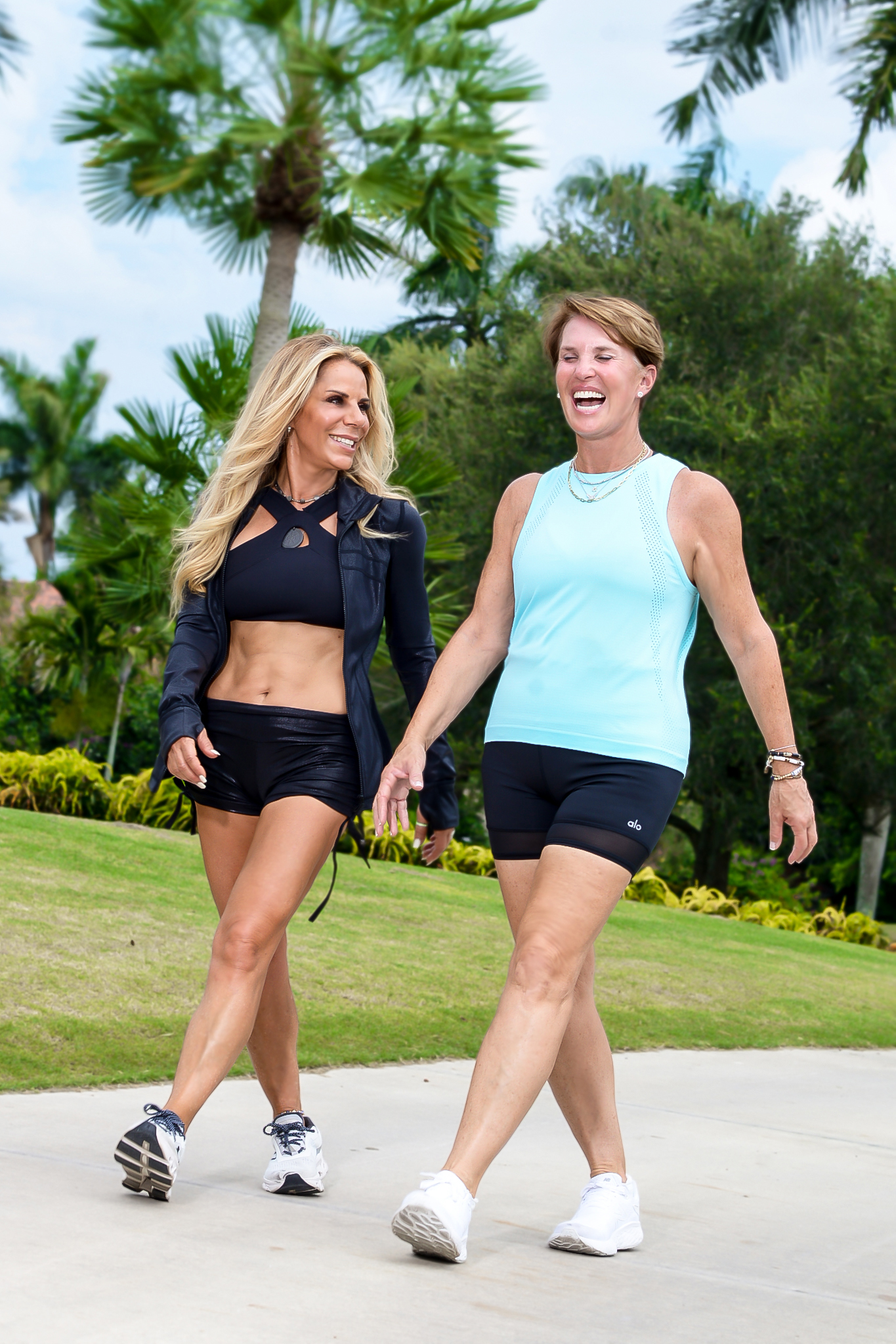
Solution:
- Exercise:
- Weight-Bearing Exercises: All the metabolic workouts will help! Even engaging in activities like walking, jogging, and dancing too! These exercises help maintain bone density by stimulating bone formation.
- Strength Training: Use weights or resistance bands to perform exercises like squats, deadlifts, and shoulder presses. Focus on controlled movements to strengthen bones and improve overall bone health.
- Balance Exercises: Practice balance exercises like standing on one foot or Tai Chi to improve stability and prevent falls, reducing the risk of fractures.
- Diet:
- Calcium: Essential for bone health, calcium can be found in dairy products, leafy greens, and fortified foods.
- Vitamin D: Helps the body absorb calcium. Sun exposure and foods like fatty fish, egg yolks, and fortified foods are good sources.
- Magnesium: Important for bone structure, found in nuts, seeds, and whole grains.
- Examples: Include yogurt, cheese, spinach, kale, salmon, and fortified cereals.
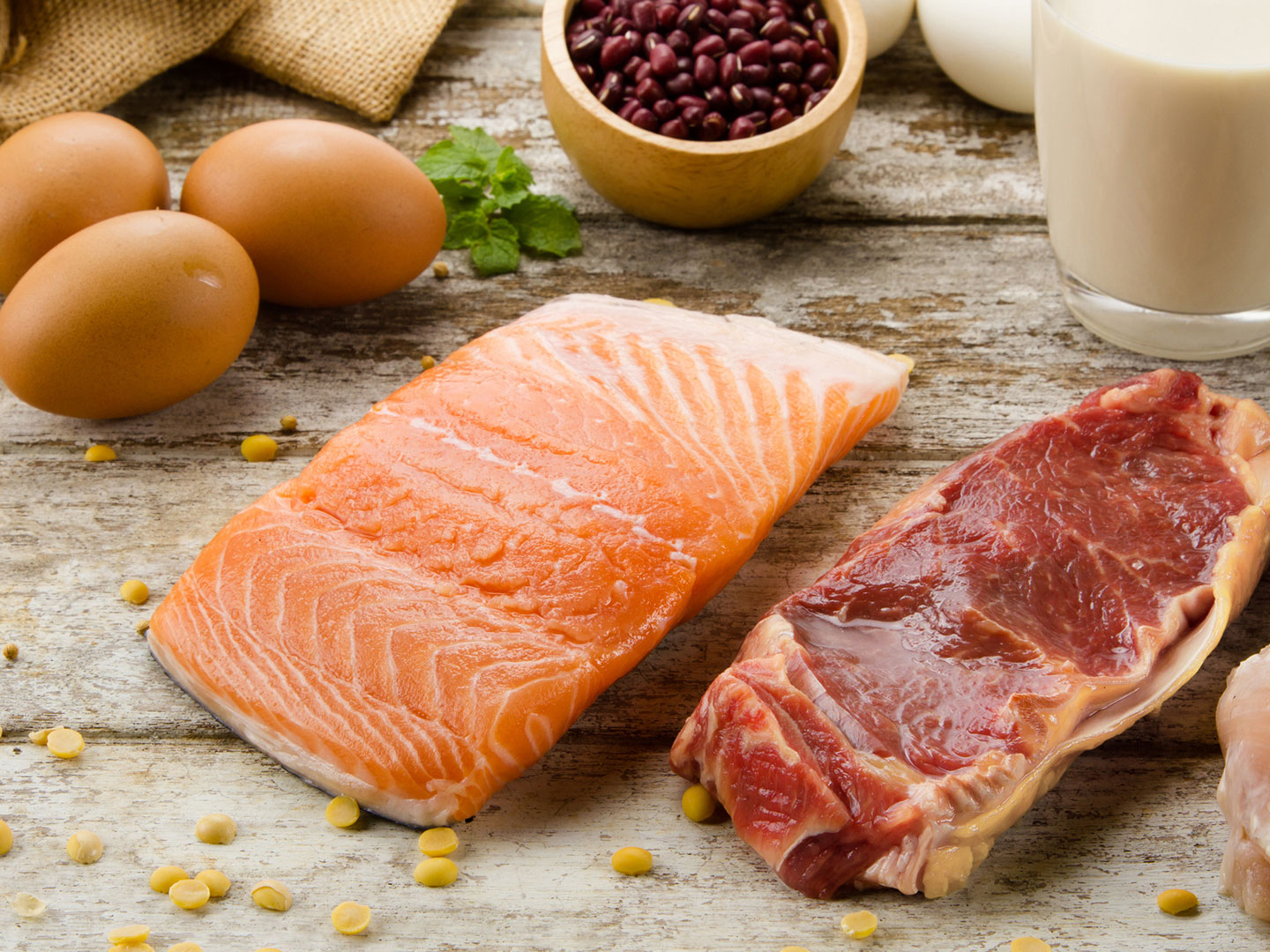
YOU GOT THIS! Bone density loss can be a silent issue, often not noticed until a fracture occurs. It can be worrisome to think about the fragility of your bones. However, by incorporating weight-bearing exercises and ensuring a nutrient-rich diet, you can strengthen your bones and maintain a robust and healthy skeletal structure for life!
Disclaimer
The Content is not intended to be a substitute for professional medical advice, diagnosis, or treatment. Always seek the advice of your physician or other qualified health provider with any questions you may have regarding a medical condition.

